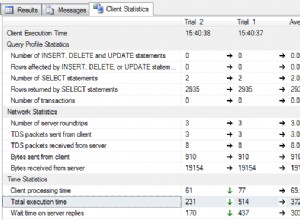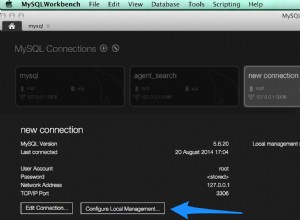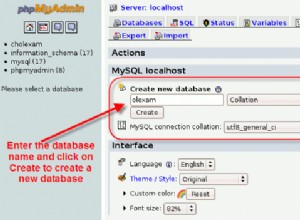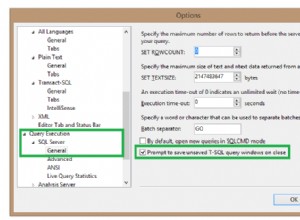Il tuo problema sembra essere che l'intervallo di tempo deve essere suddiviso in ore. Quindi, devi iniziare con tutte le ore del giorno. Quindi calcoli la sovrapposizione, sommi le differenze (sotto in millisecondi) e riconverti tutto in un tempo per l'output.
with const as (
select dateadd(hour, 1, cast(cast(getdate() -1 as date) as datetime)) as midnight
),
allhours as (
select 0 as hour, midnight as timestart, dateadd(hour, 1, midnight) as timeend from const union all
select 1 as hour, dateadd(hour, 1, midnight), dateadd(hour, 2, midnight) from const union all
select 2 as hour, dateadd(hour, 2, midnight), dateadd(hour, 3, midnight) from const union all
. . .
select 23 as hour, dateadd(hour, 23, midnight), dateadd(hour, 24, midnight) from const
)
select ah.hour,
sum(datediff(ms, (case when ah.timestart >= dt.begin then timestart else dt.begin end),
(case when ah.timeend <= dt.end then ah.timeend else dt.end end)
)
) as totalms,
cast(dateadd(ms, sum(datediff(ms, (case when ah.timestart >= dt.begin then timestart else dt.begin end),
(case when ah.timeend <= dt.end then ah.timeend else dt.end end)
)
),
0) as time
) as totalTime
from allhours ah left outer join
DeviceTable dt
on ah.timestart< coalesce(dt.end, getdate()) and
ah.timeend >= dt.begin
group by ah.hour
order by ah.hour
Inoltre, per farlo funzionare, devi racchiudere "inizio" e "fine" tra virgolette doppie o parentesi quadre. Queste sono parole riservate in T-SQL. E devi sostituire il ". . ." con linee aggiuntive per le ore 3-22.




